The history
of Kardinia Park
Steeped in history and hosting over 90 events for over 400,000 people each year, GMHBA Stadium and the Kardinia Park precinct are icons of the Geelong region.
The beginning
1800s
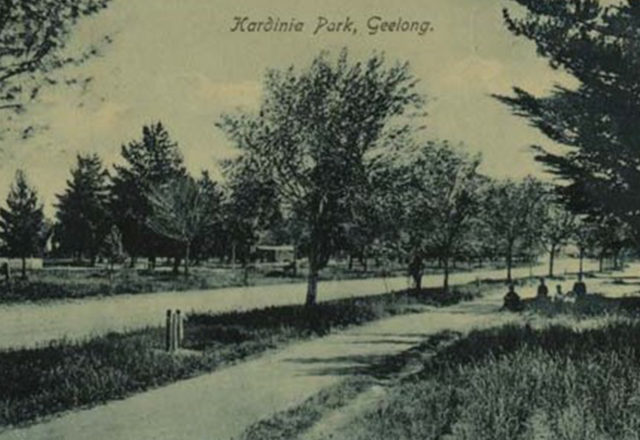
In 1872 Kardinia Park was named Chilwell Park and proclaimed by Commissioner of Crown Land as public park.
The zoo
1903-1915
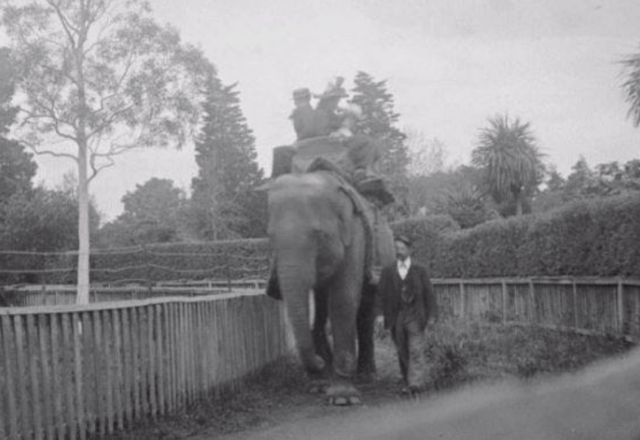
In 1903, Kardinia Park opened a zoo, hosting around 20 species of animals. An enclosure was built around the park’s largest pond for wild fowl which included Australian boobook, various Australian, Mandarin and European ducks, Guinea fowls, white swans and peacocks. As the zoo grew, it gained African and Indian monkeys, deer, various kangaroos, emu, ostriches, wallaby, lemur and an elephant that visitors could ride on.
Motorcycle speedway
1920-1930

Kardinia Park hosted a Motorcycle speedway during the late 1920’s and early 1930’s. The large dirt track hosted the inaugural Victoria Solo championship in 1926/27 and a second championship in 1927/28.
A new Home
1940s
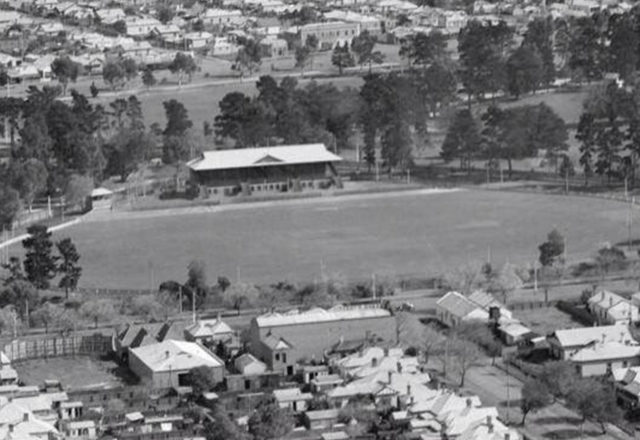
In 1940 the Cats home ground, Corio Oval at Eastern Gardens was required for military training – hence the move to their new home, Kardinia Park.
Attendance record
30th August
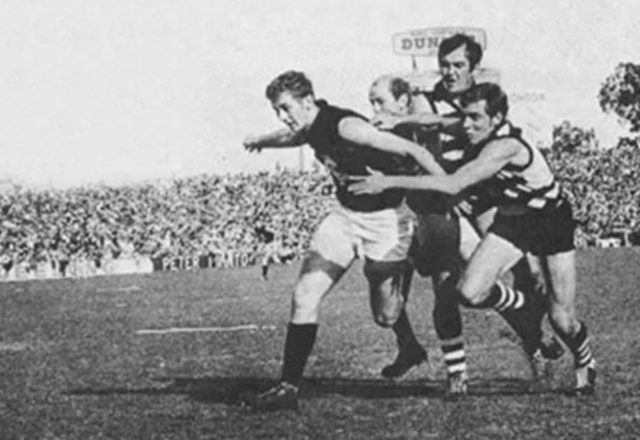
On 30th August 1952 Geelong Cats took on Carlton Blues to hold the largest attendance record of 49,109.
Other notable records include:
Melbourne Renegades vs Sydney Sixers – 23,586 – 3 January 2018
Melbourne Victory vs Perth Glory – 21,289 – 2 January 2015
Naming rights
1999 - Present
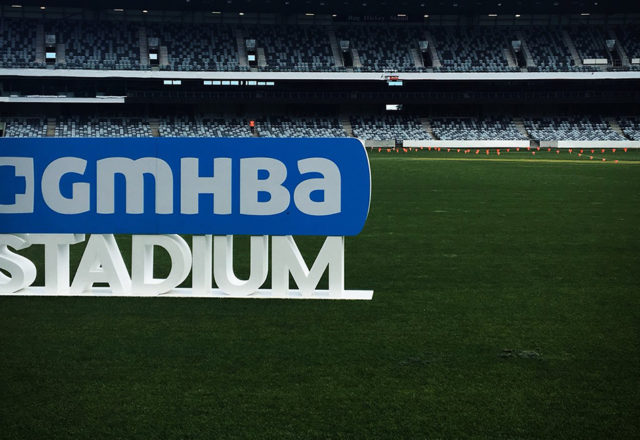
Since being built in 1941, due to naming rights Kardinia Park Stadium has been known as:
- Kardinia Park Stadium
- Shell Stadium (1999 – 2001)
- Baytec Stadium (2001)
- Skilled Stadium (2001 – 2011)
- Simonds Stadium (2012-2017)
- GMHBA Stadium (2017 – present)
Redevelopments & upgrades
2005 - present
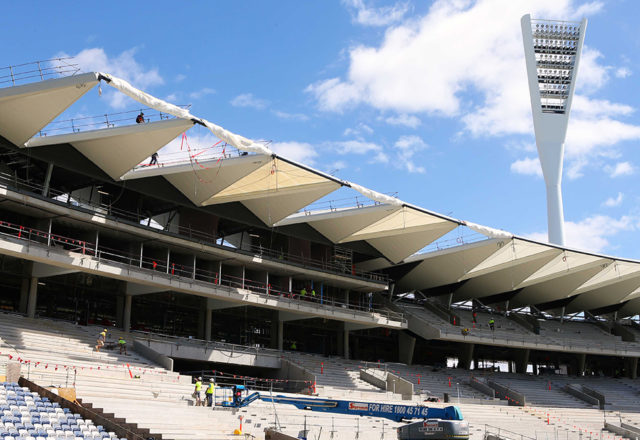
In recent times, the stadium has evolved with a number of redevelopments that has helped make Kardinia Park Australia’s best regional stadium.
In 2005 the Reg Hickey Stand on the eastern side of the stadium opened with 6,098 capacity.
Premiership Stand on the western side of stadium, opened in 2010 (4,714 capacity)
Players Stand on the southern end of the stadium, opened in 2013 (9,701 capacity
The Brownlow Stand and Football department on the western side of the stadium in 2017 (6,500 capacity)
The lights
2013
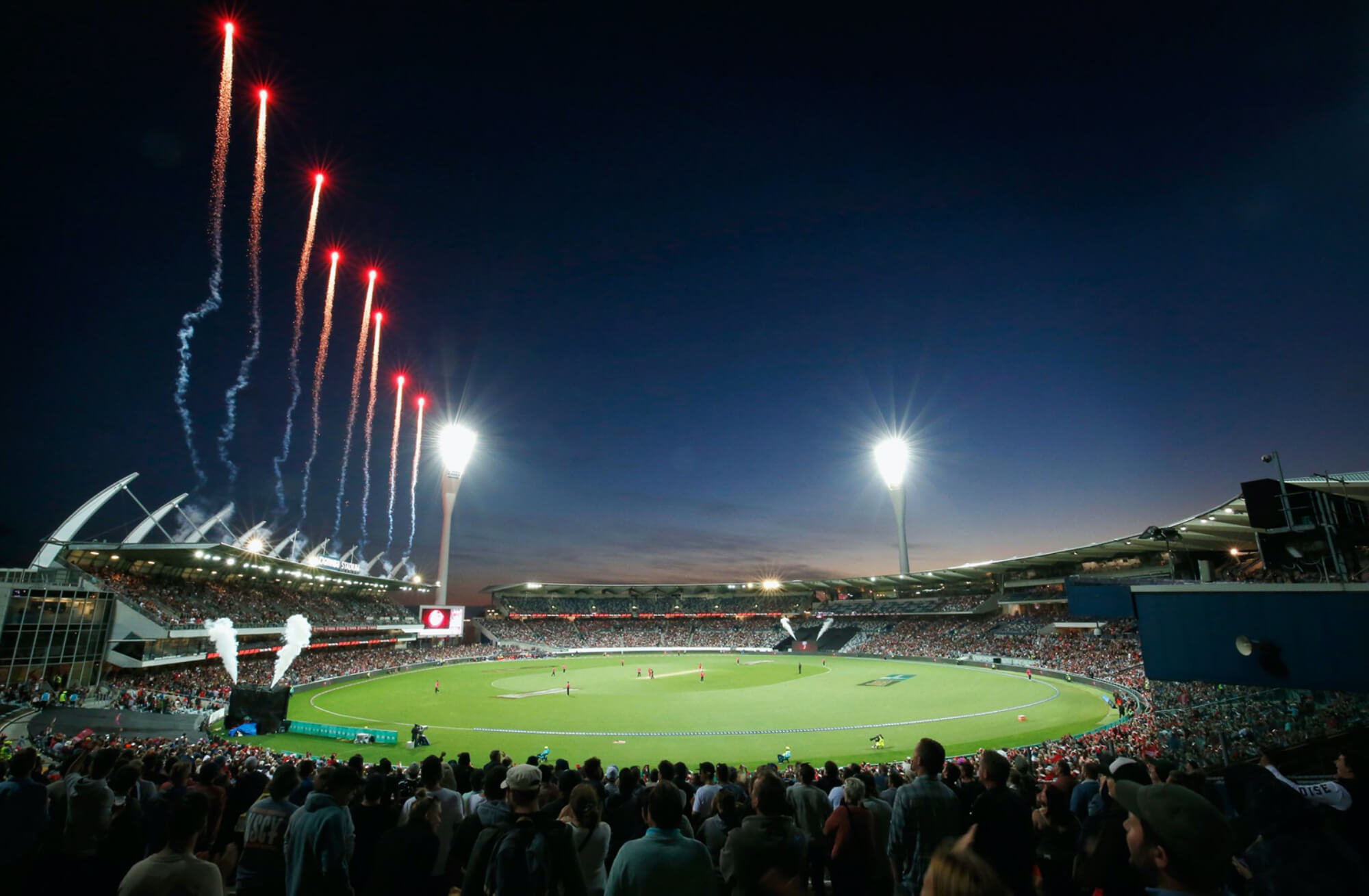
Four 73 meter light towers, first used 1 July 2013 adding late night AFL matches and bringing a number of other evening events to the region.
Sensory Zone
May 2019
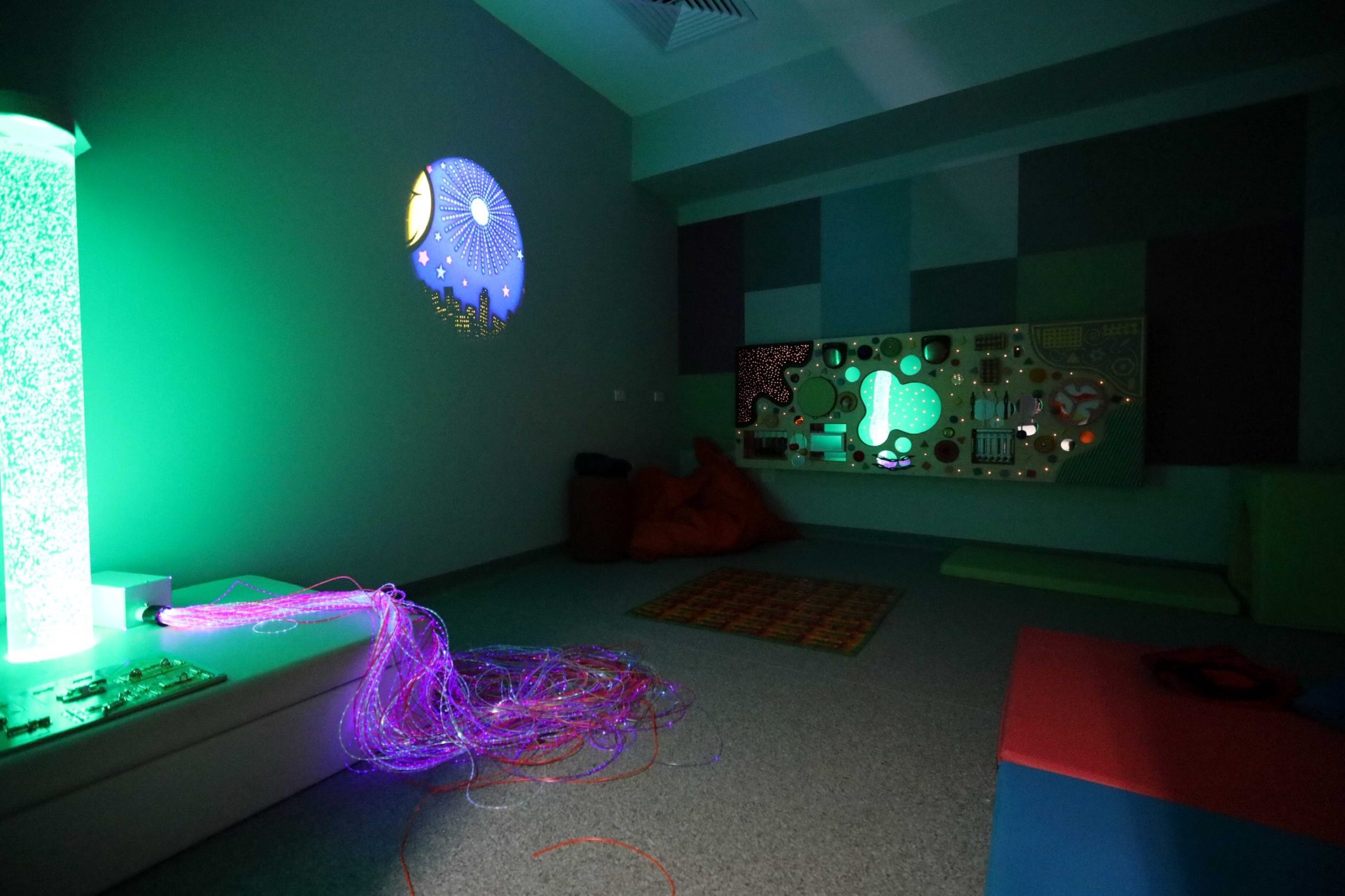
Australia’s first accredited sensory room within a Stadium, opened May 2019
